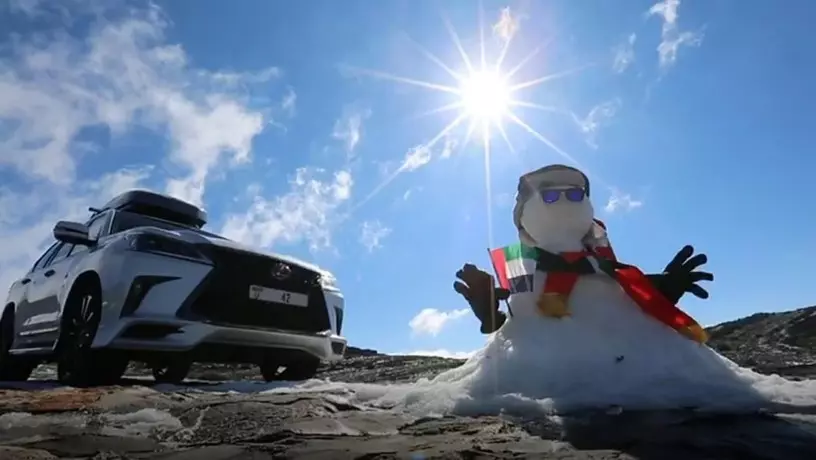
UAE survived coldest winter day
The United Arab Emirates has experienced the coldest day of the coming winter. The temperature in the Jebel Jais Mountains in the emirate of Ras Al Khaimah dropped to 2.2°C for the first time.
The National Centre for Meteorology recorded the temperature low at 06:45 on January 3. Some regions in Dubai and Abu Dhabi also received light to moderate rains.
In the United Arab Emirates, the astronomical winter officially began on 21 December and will last until 20 March. Thus, the end of winter next year will coincide with the holy month of Ramadan.
During the winter days, the Earth, moving along its elliptical orbit, will be in perihelion, that is, at the closest distance from the Sun – 147 million kilometres. In aphelion, the furthest point of the orbit from the Sun, at a distance of 152 million kilometres, the Earth is when it is summer in the Northern Hemisphere. In the Southern Hemisphere, it is winter. Therefore, it is impossible to explain the change of seasons by the fact that the Earth is closer to the Sun in summer than in winter.
The Earth’s axis of rotation is inclined to the plane of the equator, the angle of inclination is 23.5 degrees. Due to the fact that the direction of the axis of rotation remains constant all the time, the Earth moves around the Sun ‘barrel’, differently exposing the sun’s rays to its surface at different parts of the orbit, that is, at different times of the year. Therefore, in summer in the Northern Hemisphere, the Sun rises above the horizon much higher than in winter.
And the angle of incidence of the sun’s rays determines how strongly they are reflected from the Earth’s surface and how strongly they are absorbed. The more sunlight the surface absorbs, the more it heats up. If the angle of incidence is small (in winter), the sun’s rays are reflected much more strongly and absorbed much more poorly and the Earth becomes colder.
Source: Khaleej Times








